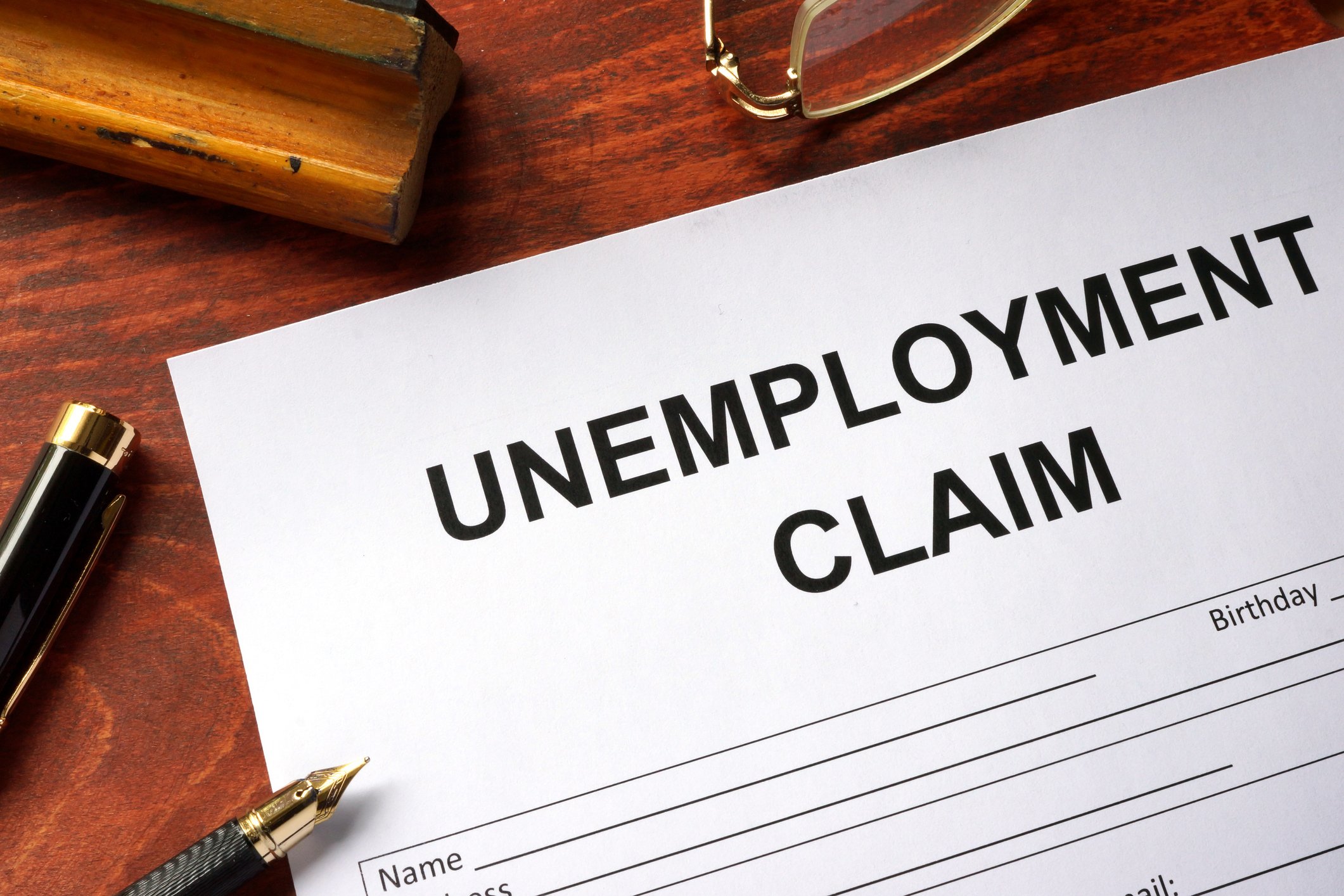Everyone has their own set of financial priorities, but there are a few we all share. The order in which you tackle them is a matter of personal preference, but some approaches are better than others.
Here's how I recommend tackling some of the most universal financial priorities people have today.
Cover your basic living expenses
This seems pretty obvious, but covering your basic living expenses like food, shelter, utilities, and transportation should be your first priority. Failing to put your money here first could cause you to run up debt or go without vital items and services you need to live a comfortable and secure life.

Image source: Getty Images.
If you don't have a budget already, create one. Figure out how much your monthly living expenses cost, and subtract this from your monthly income. Then, use the following steps to decide where to put the rest.
Build an emergency fund
Everyone needs an emergency fund that contains three to six months of living expenses. Without one, you may have no choice but to take on debt if you lose your job, have an unexpected home repair, or become seriously injured or ill. An emergency fund is designed to cover these unplanned expenses so you don't have to charge them to a credit card or borrow from your retirement savings.
Use the monthly expenditures you calculated to estimate how much your emergency fund should contain. Aim for at least three months of living expenses at first, and you can build up from there if you choose. If you have a high-deductible health insurance plan, make sure the amount you save is at least enough to cover your deductible in case of a medical emergency.
Pay down high-interest debt if you have any
High-interest debt, like credit card debt, is costly and often takes years or even decades to pay back. If you can't keep up with your payments, you risk incurring late fees or going into default, both of which can harm your credit score and make it difficult to secure financing in the future, when you need it.
If you have high-interest credit card debt, take some or all of your remaining funds each month, after you've paid your bills and built your emergency fund, and put it toward your debt. Make the minimum payment on all your cards, then place any extra you have on the card that has the highest APR first if you have debt on multiple cards. When that's paid off, move onto the card with the next-highest APR. You could also try transferring your balance to a card with a 0% introductory APR to temporarily halt its growth, but be mindful of any balance transfer fees associated with this move.
Save for your retirement
Millions of Americans struggle to save enough for retirement, and with living costs rising, pensions becoming a thing of the past, and the future of Social Security looking uncertain, this problem is probably only going to get worse. However, you can avoid penny-pinching in retirement by planning appropriately now.
Create a retirement plan by multiplying your average estimated living expenses in retirement by the number of years you expect your retirement to last, adding 3% annually for inflation. Assume a 5% or 6% annual rate of return on your investments. Use a retirement calculator to figure out how much your current savings could grow to at this rate. Then, subtract from your total retirement costs any money you expect from a pension, Social Security, or a 401(k) match to figure out what you have to save on your own. You can estimate your Social Security benefit by creating a my Social Security account.
Aim to save as much as your retirement plan recommends each month, or look for ways to make ends meet, like working extra or delaying retirement, if you cannot save as much as you'd like to right now. If you also have high-interest debt, consider saving for retirement in conjunction with paying down your debt so that your retirement savings has more time to grow. Split your extra money between debt repayment and retirement until your debt is paid off. Then, create a new retirement plan to figure out your new monthly savings goal.
Decide how to prioritize your other financial goals
After this, it's up to you to decide how you would like to prioritize your remaining financial goals. Some of these may include:
- Saving up for a down payment on a home
- Buying a new car
- Saving for your child's college education
- Paying off other types of debt (car loan, student loans, etc.) early
When it comes to these goals, you have to weigh the total cost of each goal, your timeline, and their relative importance. For example, saving for your child's college education might be something some families might want to start on right away because it costs a lot of money and will take a long time to save for. But another family in less-than-ideal living conditions might prioritize a home down payment first because it's a more immediate concern for them.
Make a list of all of your financial priorities, and estimate how much they will cost you. Then, decide what to tackle first. You could also decide to work on a couple of them simultaneously, though it'll take you a little longer to save for both if you choose this strategy.
Your financial security is important at every age and stage of your life, and if you prioritize your expenses in this way, you should be able to prevent yourself from running out of money when you really need it or failing to achieve your long-term goals.





